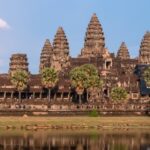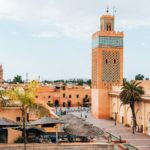Located on the banks of the beautifully named Perfume River, Hue is undoubtedly one of the most important historical cities in Vietnam.
Hue was Vietnam’s capital on two separate occasions, and many of the town’s finest buildings were destroyed during the American War. Now a UNESCO World Heritage Site, this charming town has so much to offer.
From exploring ancient architecture in the Imperial City and discovering tombs of the ancient emperors, history lovers will find a huge amount to enjoy in this ancient town.
Here are the top things to do in Hue…
MUST-DO
Explore the Imperial Citadel
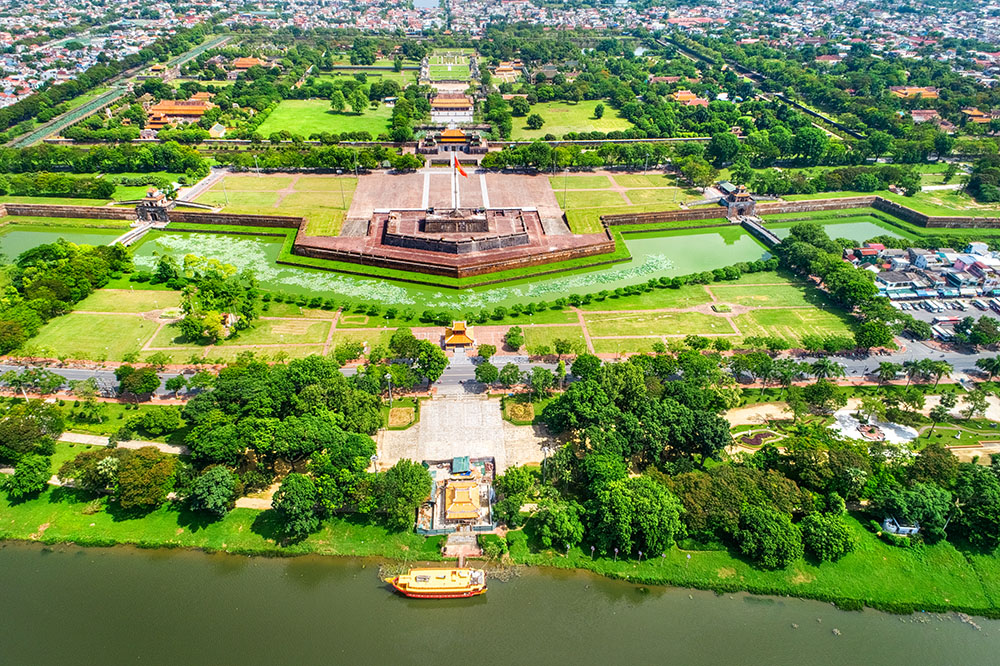
One of the main attractions in Hue is the Imperial Citadel. This UNESCO World Heritage Site and capital of past Nguyen emperors has withstood the Vietnam War, the Battle of Hue, and numerous tragedies over the years. Construction began in 1804, and the old city walls are around 10km long.
Visit the Imperial City
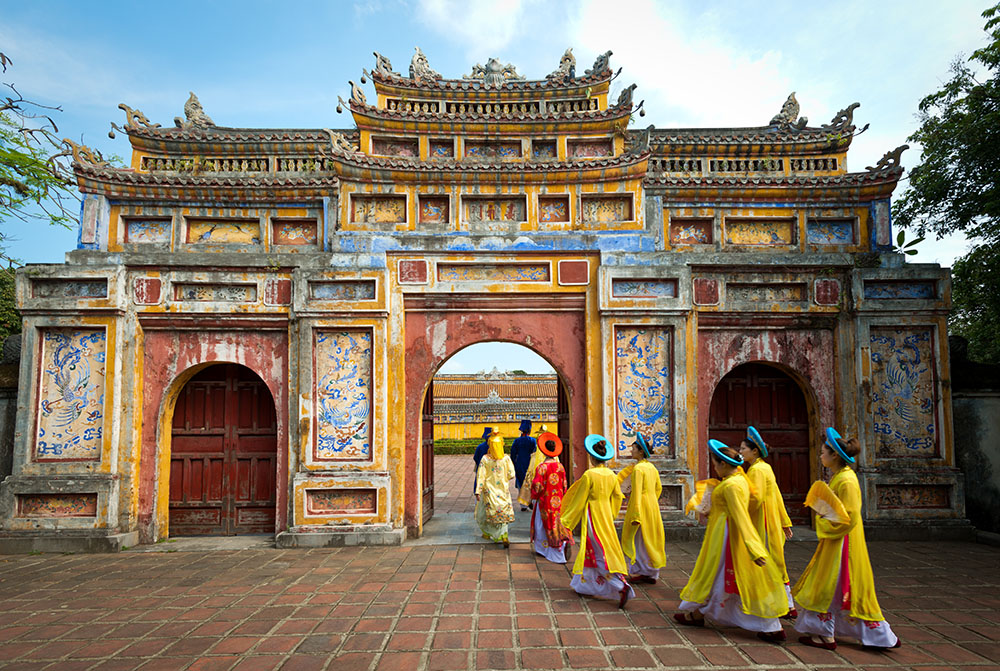
Image credit: Chris Howey / Shutterstock.com
Located inside the Citadel, travel back in time and rediscover what was once Vietnam’s Imperial City. The city is enclosed by a wall and moat which are around 2.5 kilometres long. Much of the city was destroyed (especially during the Vietnam war) but the Imperial City stands as a colourful and ornate palace complex visited by thousands each day.
Explore The To Mieu Temple Complex
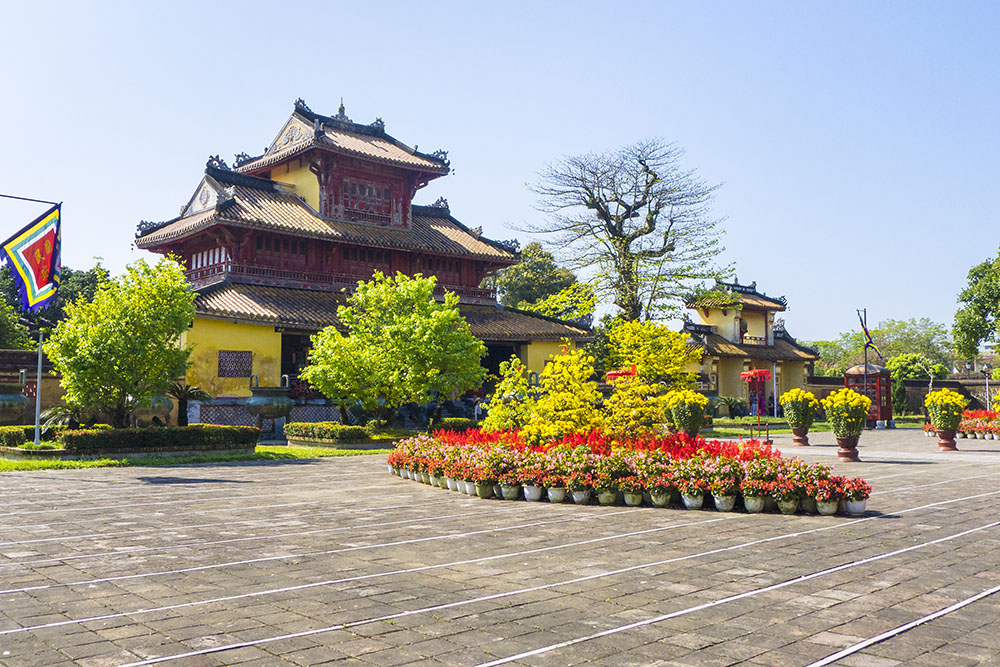
Constructed in 1821 in commemoration of former emperors of the Nguyen dynasty, The Mieu Temple Complex contains personal items and portraits of its ten emperors. It is located in the southwest of the Imperial City inside Hue’s Imperial Citadel and is considered to be the most crucial architecture of the Imperial Citadel.
See the Ngo Mon Gate
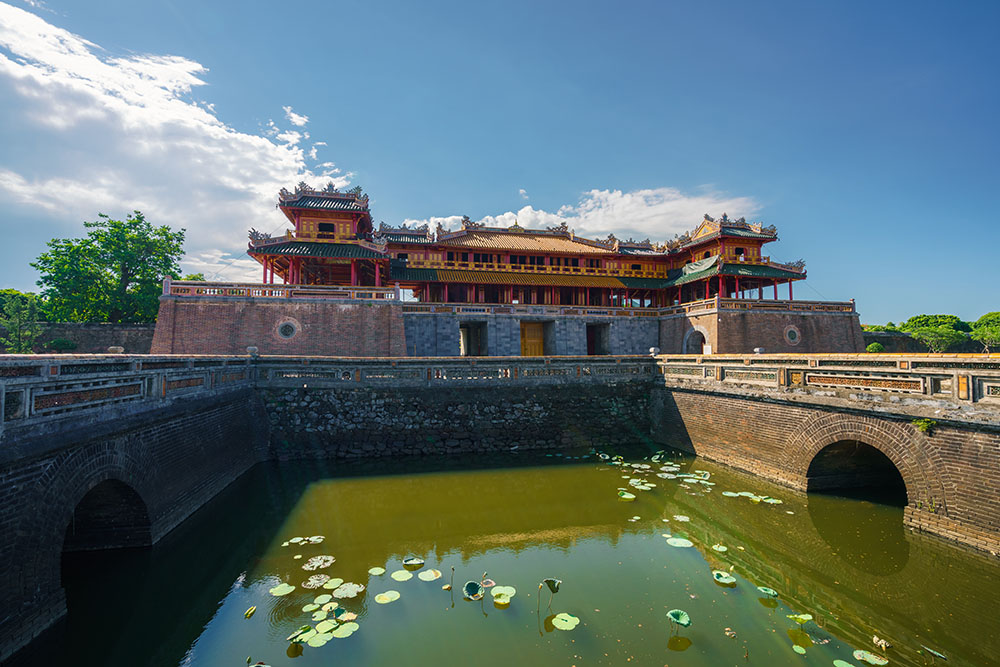
Otherwise known as the Meridian Gate, the Ngo Mon is the main gate to the Imperial City and is where the former Emperors would watch troop movements from. The emperor also appeared here on important occasions, most notably for the promulgation of the lunar calendar. Built in 1833, it was modelled after the Meridian Gate of the Forbidden City in Beijing, though it is much smaller in scale than its equivalent in north China.
Visit the Cung Dien Tho
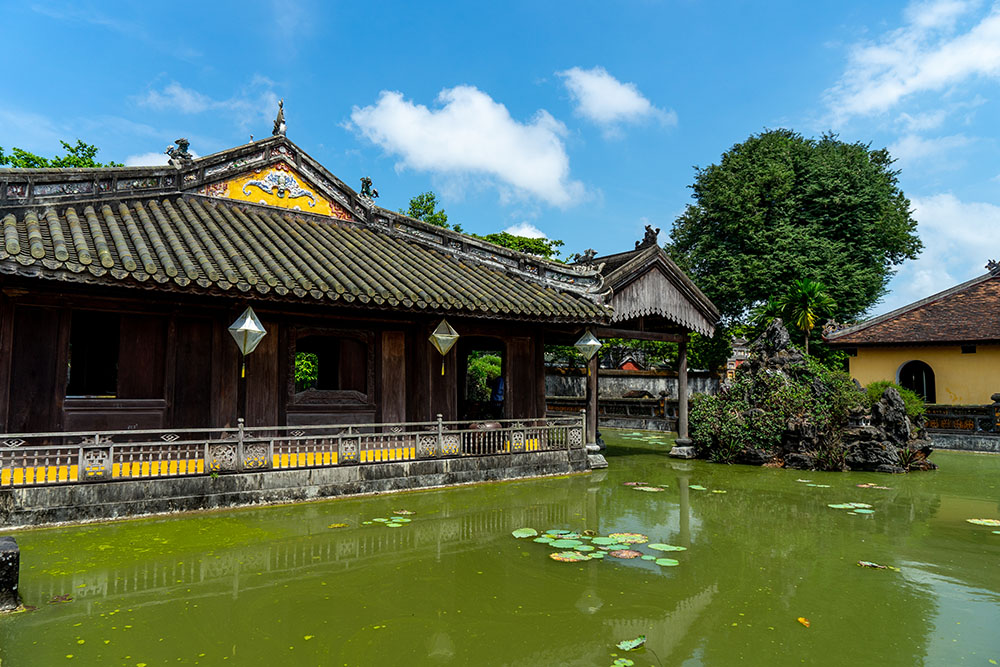
Image credit: ngoc tran / Shutterstock.com
Built in 1804, the Cung Dien Tho served as the former residence for the Queen Mother and is located in the outer courtyard of the Imperial City. It provides a great insight into the old days of Hue as it is one of the most intact and elegant buildings that survived through the Vietnam War.
Go to The Royal Theatre
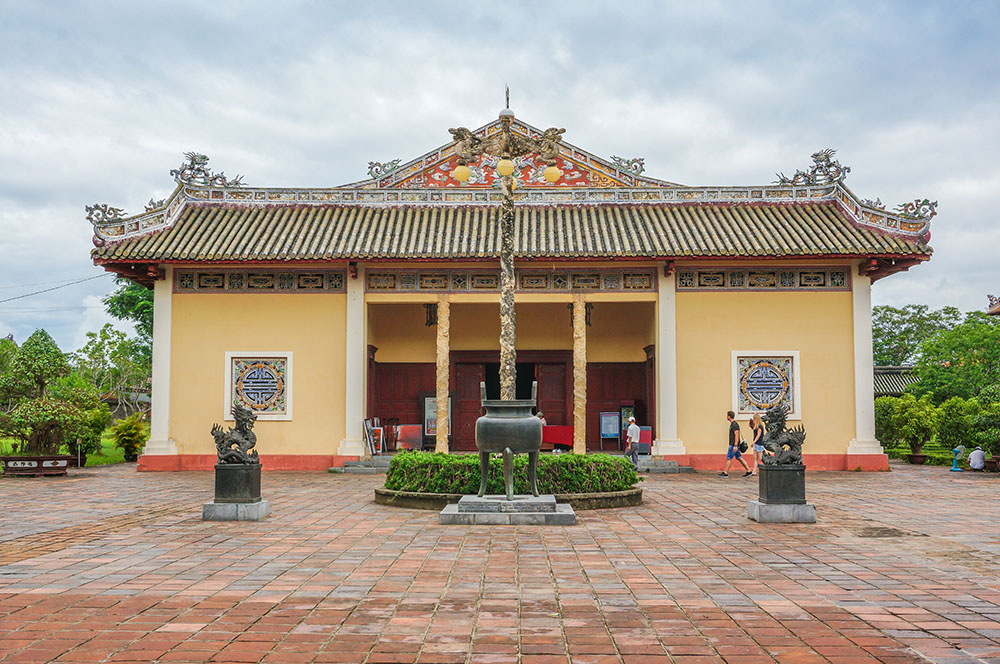
Image credit: James Jiao / Shutterstock.com
Built in 1826 for members of the royal family only, the Duyet Thi Duong Royal Theatre is the oldest working theatre in Vietnam. You can come here to watch a performance of traditional Vietnamese dance and music, or you can book a tour to view the spacious galleries here. The performances usually last around 45 minutes each.
ANCIENT TOMBS
One of the main reasons why so many people visit Hue is because of the tombs of the Ancient Emperors that are dotted all over the city. No trip to Hue would be complete without visiting some of these Tombs. Here are the ones worth visiting…
Tomb of Tu Duc
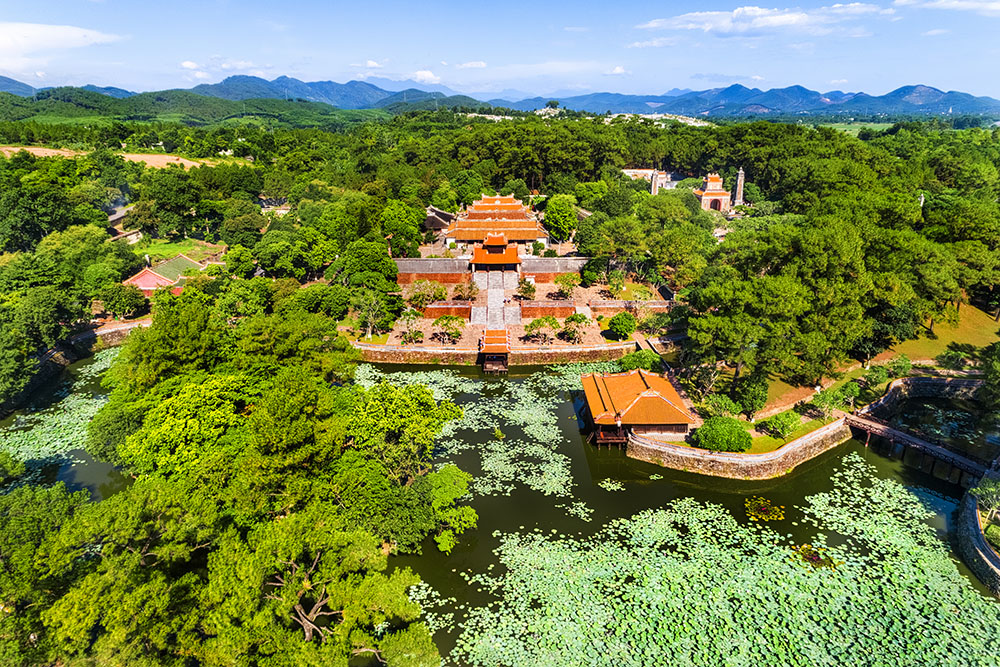
A 20-minute taxi ride along the perfume river lies one of the most popular and impressive of the royal mausoleums, the Tomb of Emperor Tu Duc.
Designed by himself before his death and built under forced labour and at an enormous expense, Tu Duc reigned for 35 years; the longest of any monarch of the Nguyen dynasty. All 200 servants who buried Tu Duc were then beheaded to keep the exact location of his remains secret.
Tomb of Minh Mang
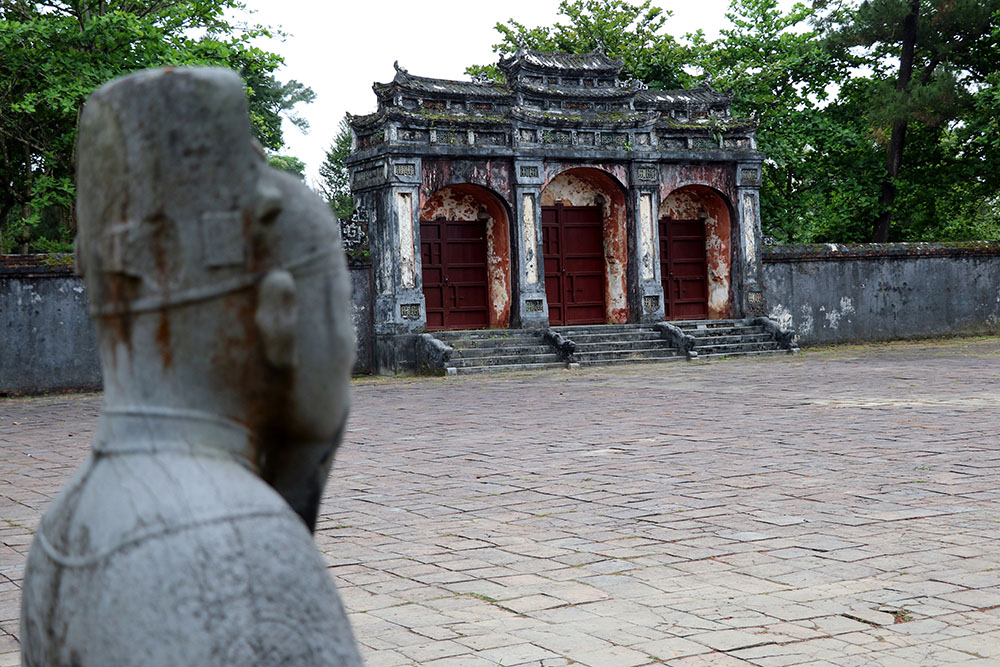
The Minh Mang Royal Tomb in Hue, Vietnam, is the final resting place of one of the Nguyen Dynasty’s loyal and dedicated Confucians. Emperor Minh Mang reigned from 1820 to 1840 and the tome built in his honour was built by his successor with around 10,000 workers.
Tip: You will enter through Dai Hong Mon Gate where there are three doors. The central door has only ever been opened once – to admit the body of the emperor…
Included in: Central Vietnam Tour on a full-day guided tour of Hue.
Tomb of Khai Dinh
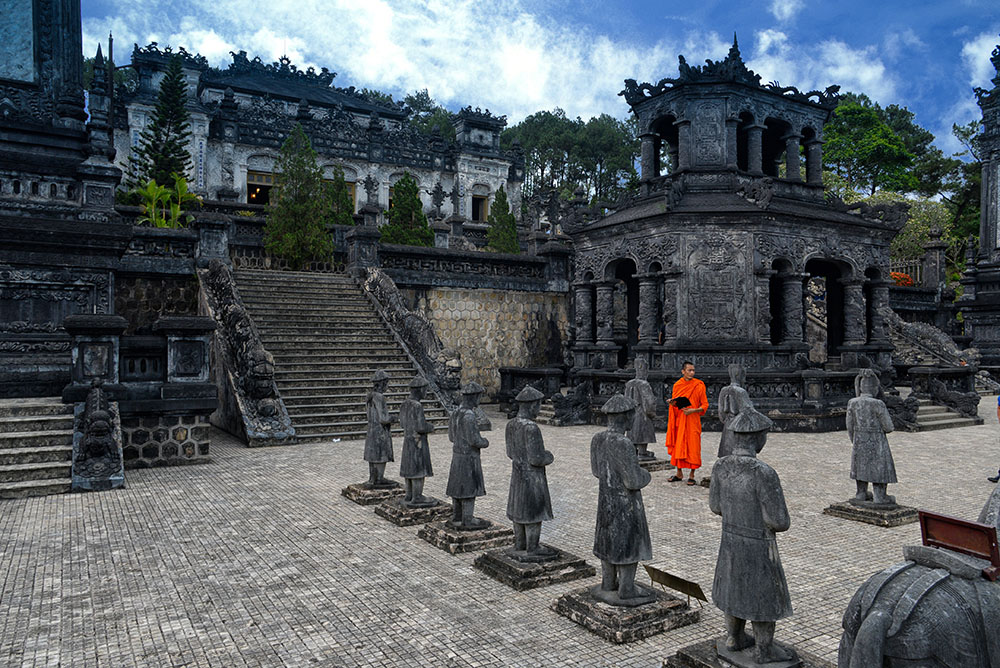
Image credit: Jimmy Tran / Shutterstock.com
Visit the tomb that was built between 1920-1931 in honour of Khai Dinh, the Penultimate emperor of Vietnam from 1916-1925. Khai Dinh worked closely with the French and was considered to be nothing more than a salaried employee of the French government and therefore extremely unpopular with the people of Vietnam.
The tomb is a lot smaller than others but much more lavishly designed and features a blend of Eastern & Western architecture.
Included in: Central Vietnam Tour on a full-day guided tour of Hue.
Tomb of Thieu Tri
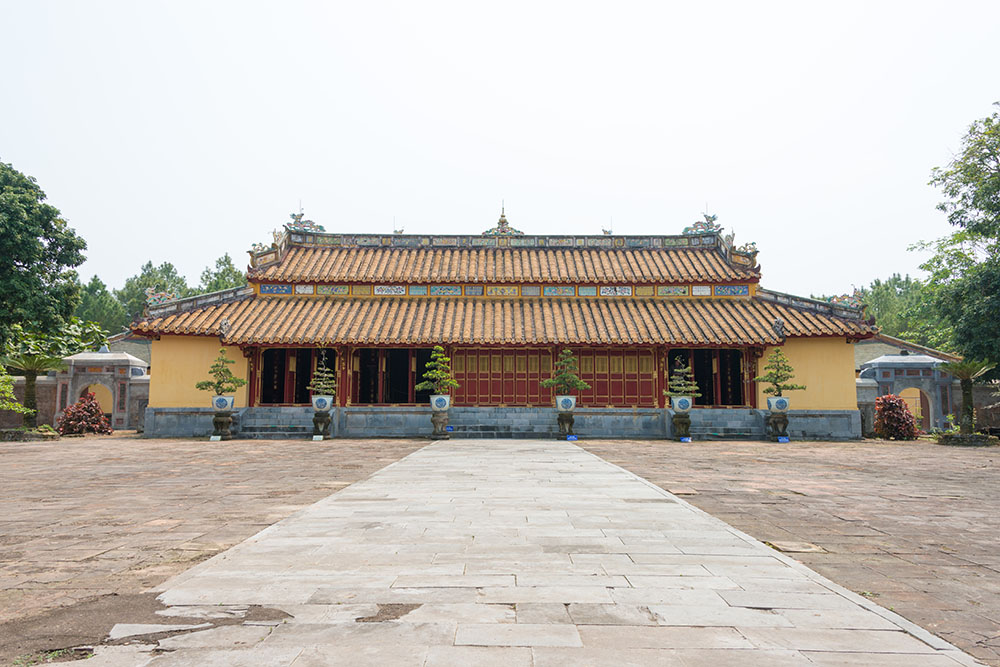
Image credit: beibaoke / Shutterstock.com
Of the more accessible tombs in Hue, Thiệu Trị is probably the least-visited. Emporer Thieu Tri Ruled for 7 years and didn’t have a prior burial preparation. He wished for his descendants not to build a lavish tomb, but his successor made it relatively grand. This is the only dynastic tomb that isn’t enclosed by a wall and the site is cleanly divided between the temple (for worship) and crypt (the resting place). Overshadowed by the tombs of his predecessor and successor, you’ll likely have Thieu Tri’s tomb all to yourself.
RELIGIOUS
Tu Hieu Pagoda
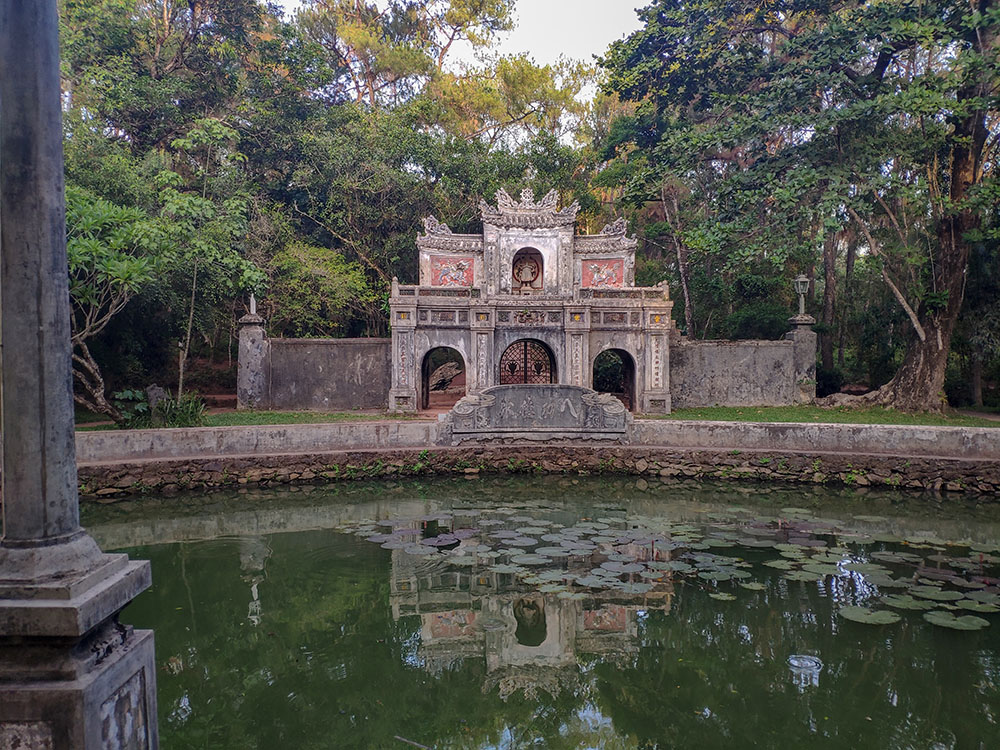
Discover the Tu Hieu Pagoda, also known as the ‘root temple’ of the famous Zen master, Thich Nhat Hanh, who studied here in the 1940s. He lived in exile for more than 40 years and was only permitted to return in 2005. Today, 70 monks live here and welcome visitors. You can listen to their chanting at numerous times each day. The pagoda was built in 1843.
Nam Giao Esplanade
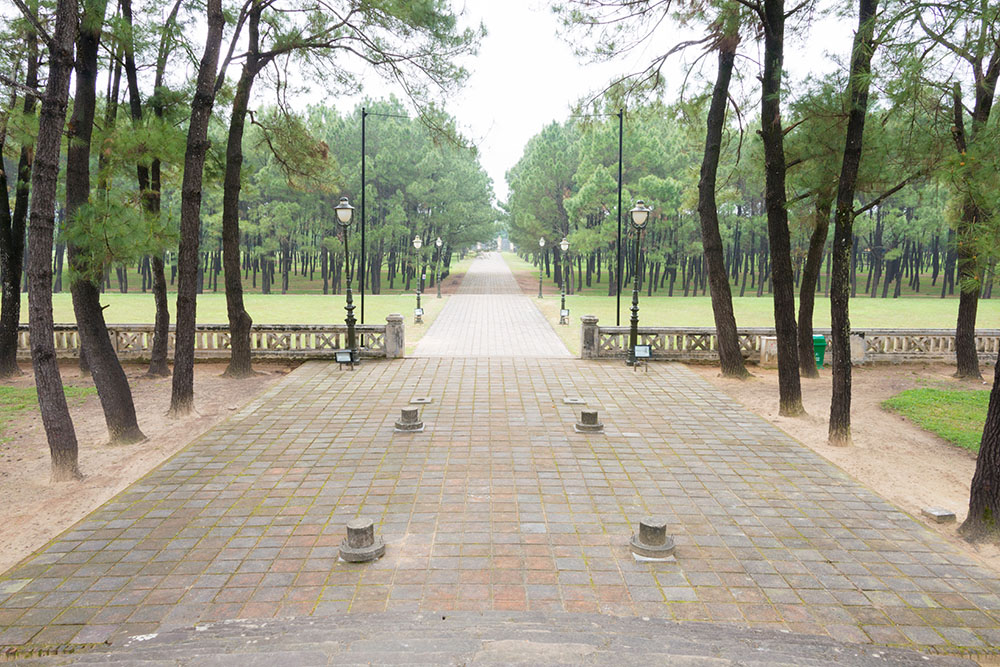
Image credit: beibaoke / Shutterstock.com
Also known as The Esplanade of Sacrifice, this imperial altar situated in the south of Hue was once known as the most important religious site in Vietnam.
Dedicated to Heaven and Earth, the complex was visited by the monarchs of the Nguyen dynasty for annual ceremonies of prayer. They would also make animal sacrifices here and make offerings. The Esplanade itself is similar to a promenade, surrounded by a beautiful pine tree forest.
CULTURE
Visit the Royal Antiquities Museum
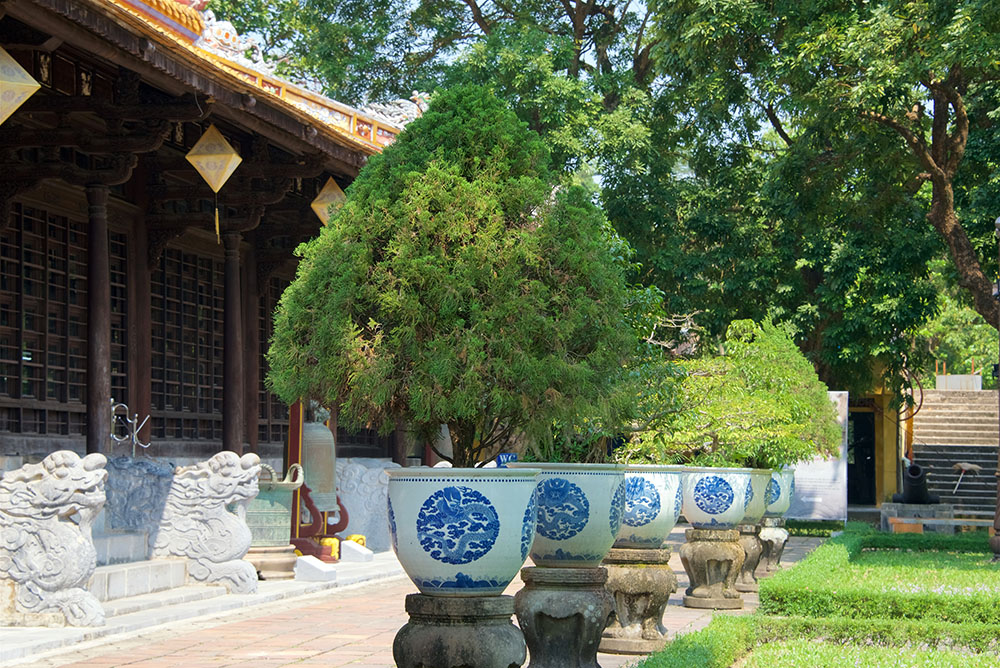
Established in 1923, the Royal Antiquities Museum was one of the first museums in Hue. It features rare objects such as porcelain, bronze wares, royal attires, and musical instruments from The Collection of the Nguyen Dynasty. It is now located in the former Long An Palace, just outside the Imperial City.
FOOD AND SHOPPING
Explore Dong Ba Market
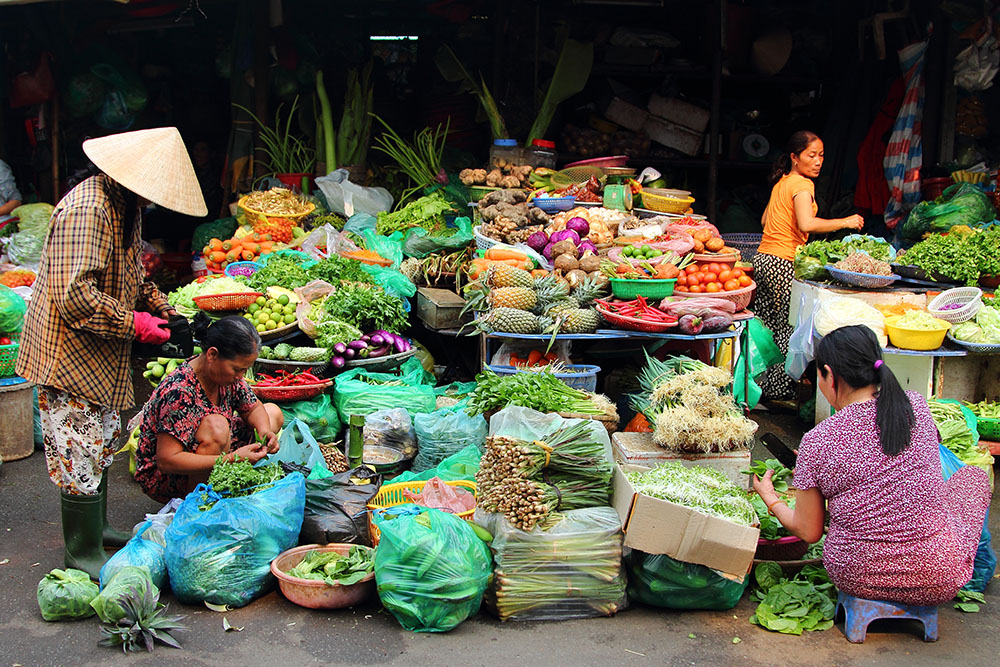
Image credit: Ye Choh Wah / Shutterstock.com
Dong Ba Market is one of the oldest places in Hue but still a thriving centre of city commerce full of traditional Vietnamese souvenirs. Get lost in the bustle of this famous market as you eat some of the best street food in hue and shop for jewellery and traditional souvenirs. The market is still extremely important to the economy of the city as a wholesale market and thousands of customers visit the market every day.
Visit the Healing the Wounded Heart Shop
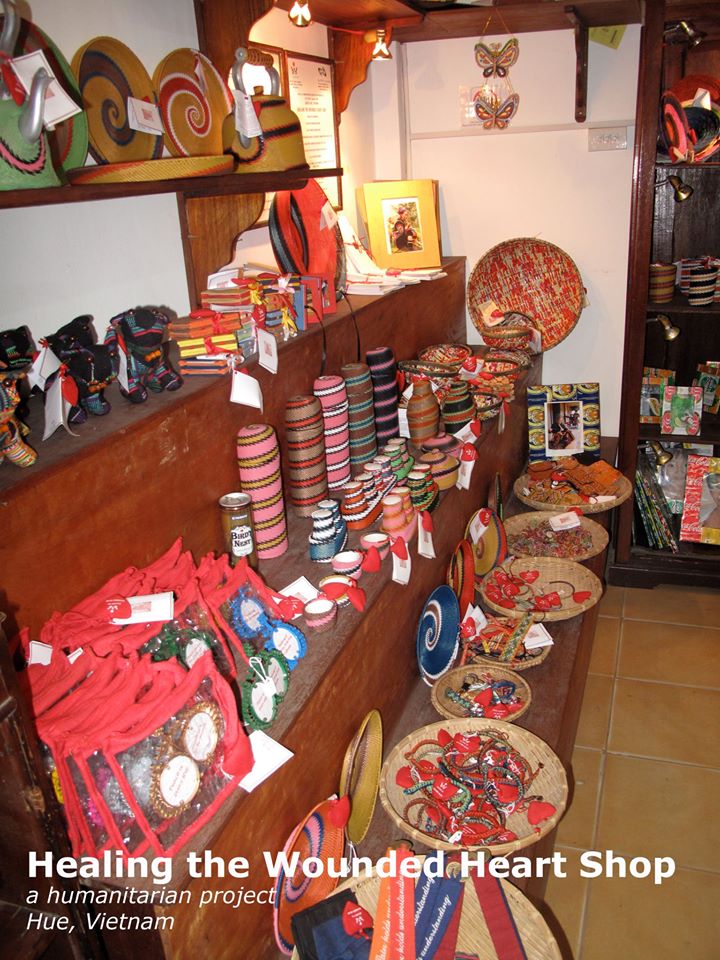
Pick up some amazing souvenirs for family and friends back home whilst helping the local community at The Healing in the Wounded Heart Shop. Founded in 2009, the shop sells a range of handicrafts, accessories and clothing made by disabled artisans from recycled items.
They offer the artisans fair wages, medical insurance, housing, daily meals, plus a recreational allowance. 100% of the profits are funnelled back into the local community and also help to fund heart surgery for local impoverished children.
DAYS OUT
Visit The An Bang Cemetery (City of Ghosts)
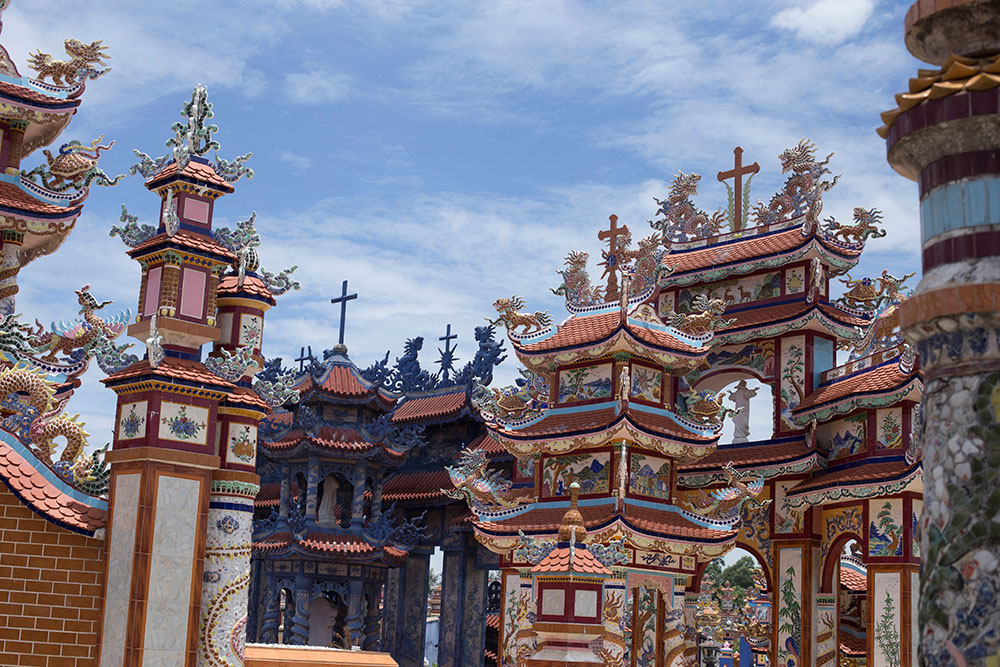
About a fifty-minute drive from Hue, you’ll find one of the best off-the-beaten-track experiences in Vietnam. The An Bang Cemetery is also known as ‘The City of Ghosts’ due to the hundreds of colossal, coloured tombs that lie here next to a deserted sandy beach. Some even have their own bathrooms and kitchens!
The building began in 1995 and local residents continued building more and more extravagant tombs for deceased family members over the years. If you want to see something unique whilst, in Vietnam, this really is the place to go!
Tip: The cemetery is located just behind the fishing village of An Bang, about 20km past Thuan An beach (just take the left turn after the small Vinh An Hospital and follow the road till it ends). It is much easier to access via motorbike than a car if you are able to hire one.
Visit Thuy Tien Lake Abandoned Water Park
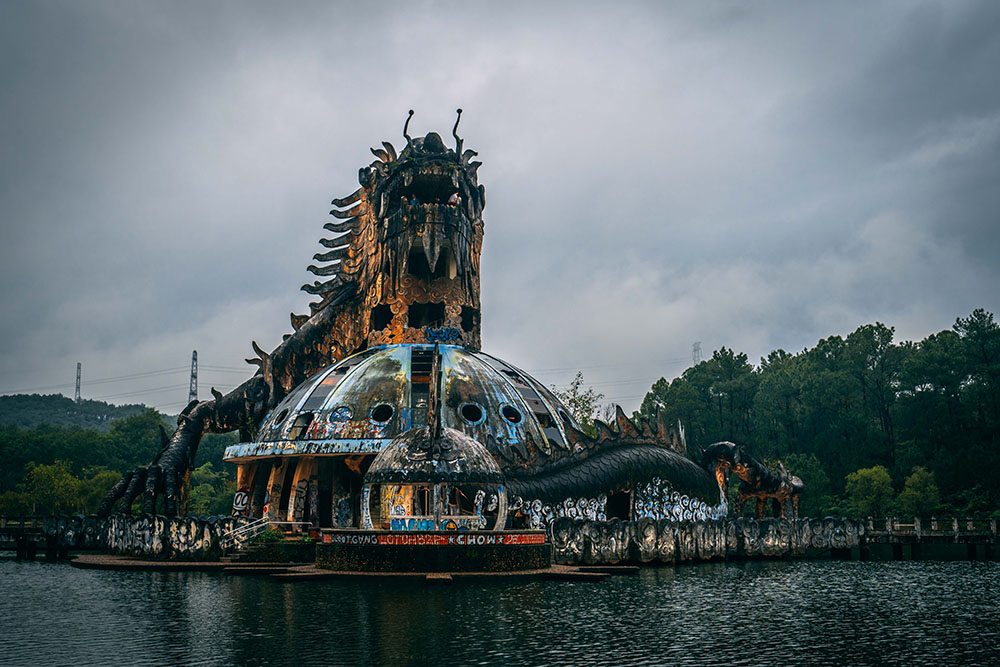
If you’re looking for some adventure off the beaten track of temples and pagodas, it’s definitely worth paying a visit to the Thuy Tien Lake Abandoned Water Park.
One of Vietnam’s unofficial must-see attractions, this eerie monument hidden in the jungle was abandoned just two years after opening in 2004 for reasons that still remain a mystery. Coated in graffiti and overgrown forestry, this crumbling playground has become a popular hangout spot for adventurous backpackers, despite locals warning of its supernatural activities…
Ride the Famous Hai Van Pass
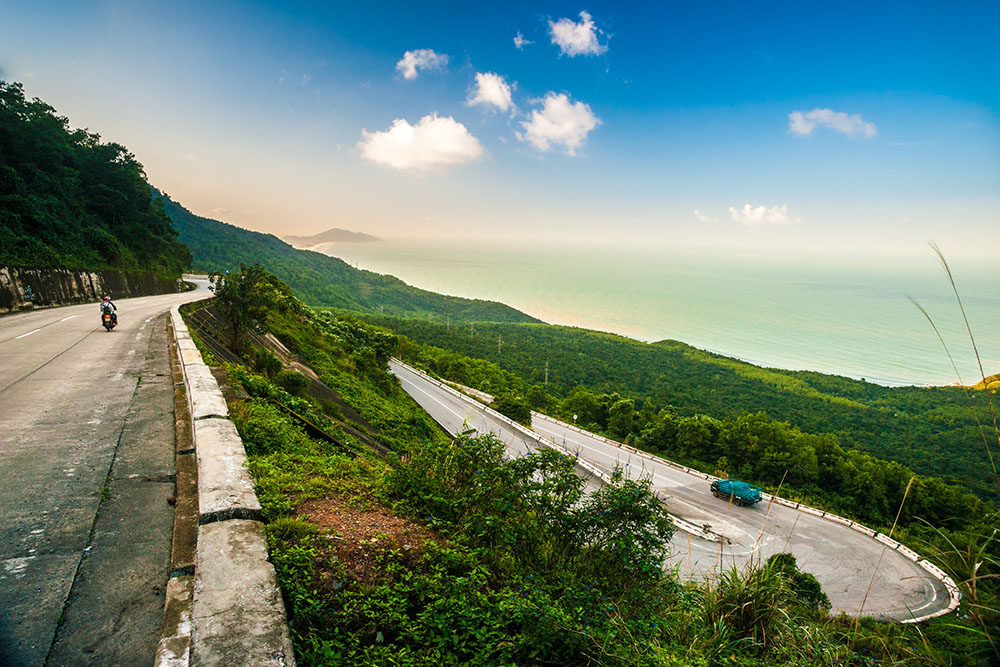
The Hai Van Pass is undoubtedly one of the top attractions in Vietnam. It sits around 500 meters above sea level, making it the highest pass in the whole of Vietnam. It was made ever more popular amongst tourists after its appearance on Top Gear, who dubbed it ‘one of the best coastal roads in the world’.
Brave the infamous 13-mile-long winding roads and enjoy panoramic views of Da Nang City and the South China Sea. On the pass, there’s even a fort that was built during the French colonial period and used as a bunker during the Vietnam War by American and South Vietnamese troops.
How to get there:
If you’re feeling brave enough, you can rent out a one-way scooter for the best experience, or book a 3-hour coach journey.
Hai Van Pass can also be experienced on the train from Hue if you don’t fancy braving the notoriously winding roads. Plus, this is probably one of the most relaxing and scenic train journeys in Vietnam with stunning views of the coastline.
The Central Vietnam Tour includes either a coach or train journey of your choice over the Hai Van Pass.
NATURE
Chill Out On Thuan An Beach
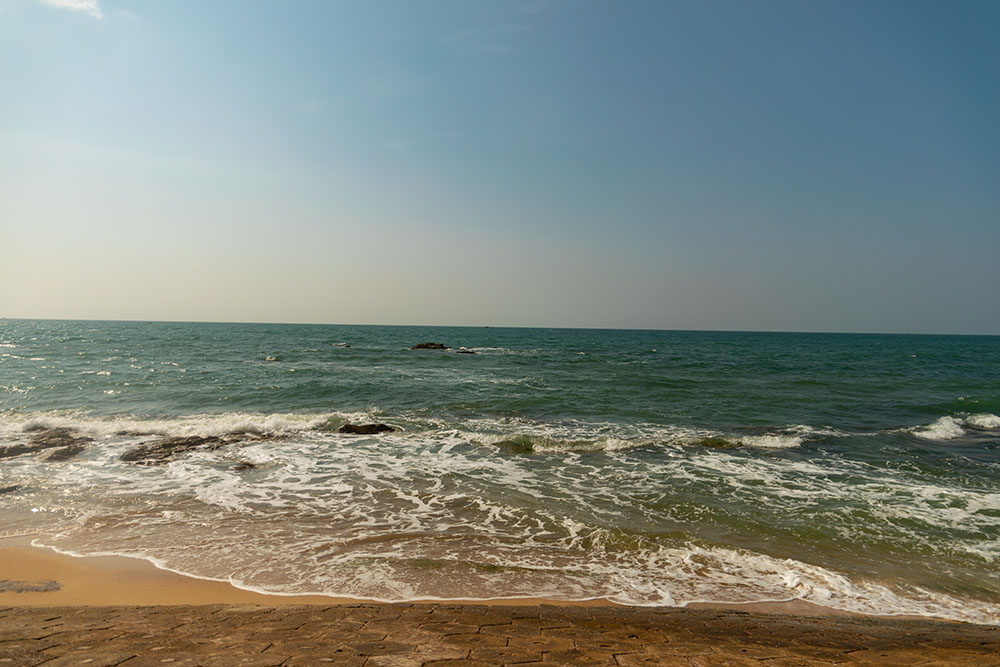
If you fancy getting off the beaten track and chilling out for the day, spend a day at one of Vietnam’s lesser-known beaches, Thuan An. Just a short taxi ride away from Hue, this underdeveloped and beautiful beach boasts clean white sands that rival even some of Australia’s coasts. It’s great for swimming with the kids too thanks to its calm waves.
Watch the Purple Sunset at Tam Giang Lagoon
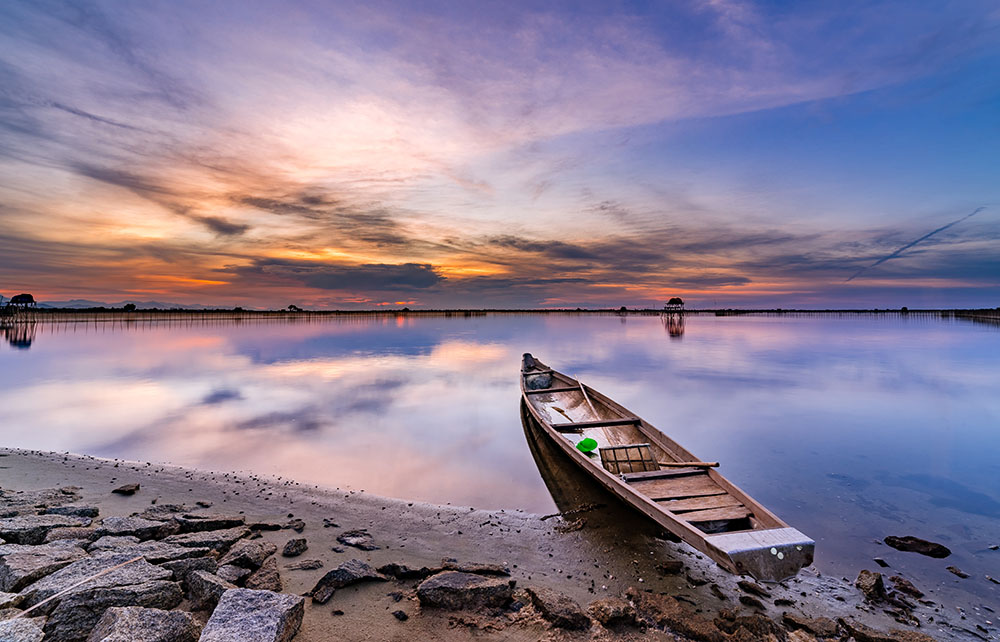
Tam Giang Lagoon is about 15 kilometres from Hue City. Join a full-day guided tour where you can watch the traditional fishing activities of the lagoon, see artisans weaving bamboo crafts, interact with the locals, cruise across the lagoon by boat, go fishing, and explore the village and paddy fields by bike. The highlight of the lagoon though is the sunset which turns the whole sky purple. A truly breathtaking moment!
Go On A Boat Trip Down The Perfume River
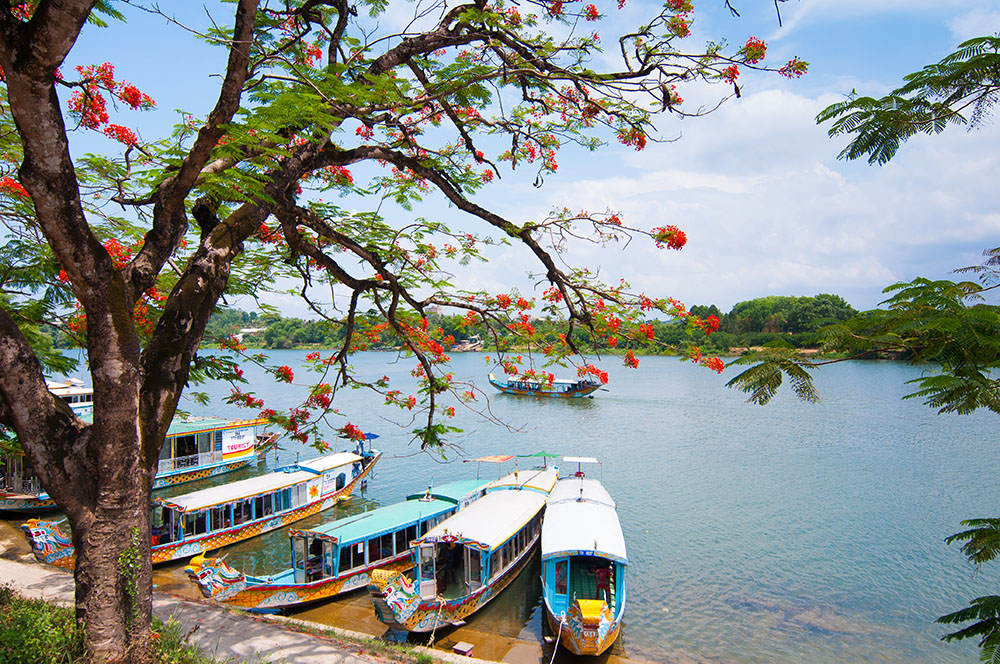
The Perfume River (Song Huong River) is undoubtedly one of the most famous waterways in Vietnam. Famed for its floral aroma of blooming flowers that fall into the water in autumn, the river offers stunning scenic views of Hue’s most iconic temples and villages.
Either walk the riverway or take a 45-minute cruise along the river itself. Most day tours which take you from the city to Thien Mu Pagoda include a boat trip down the river.
Included in: The Central Vietnam Tour which includes a boat trip down the Perfume River.
Cycle Around the City
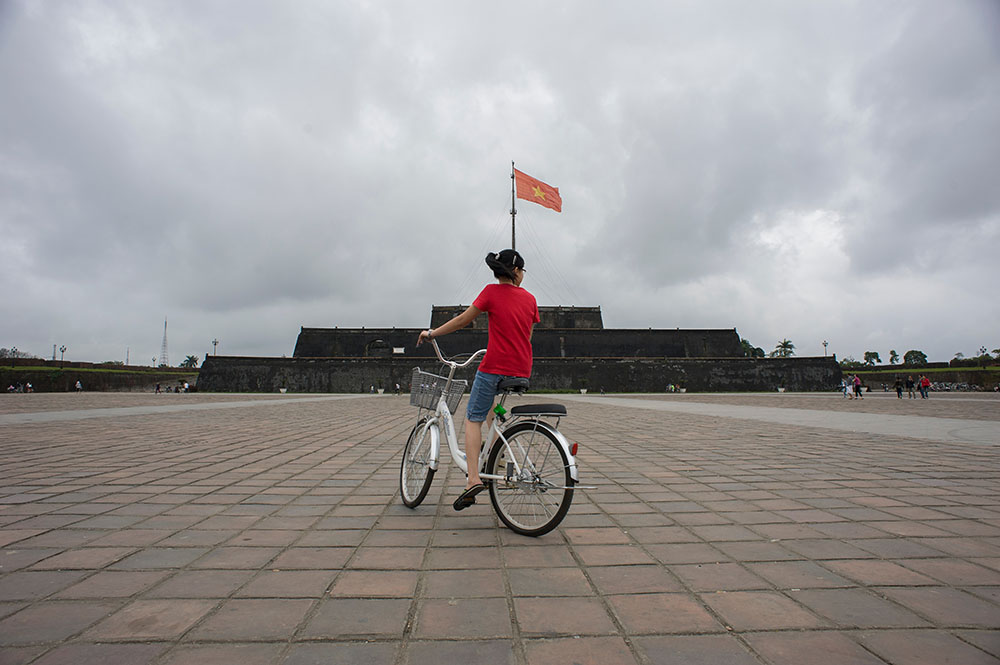
Image credit: Renan Martelli da Rosa / Shutterstock.com
Experience Hue like a local and hire a bike (or join a cycling tour) to explore the city. It’s a great way to see the city in a short amount of time. Ride alongside the picturesque Perfume River, marvel at the Imperial City and maybe even venture out to discover the Tu Hieu Pagoda.
Tip: Most hotels provide bikes to rent for free, but otherwise it’s pretty inexpensive to hire them out in the city.
Enjoy a Chilled Day at Bach Ma National Park
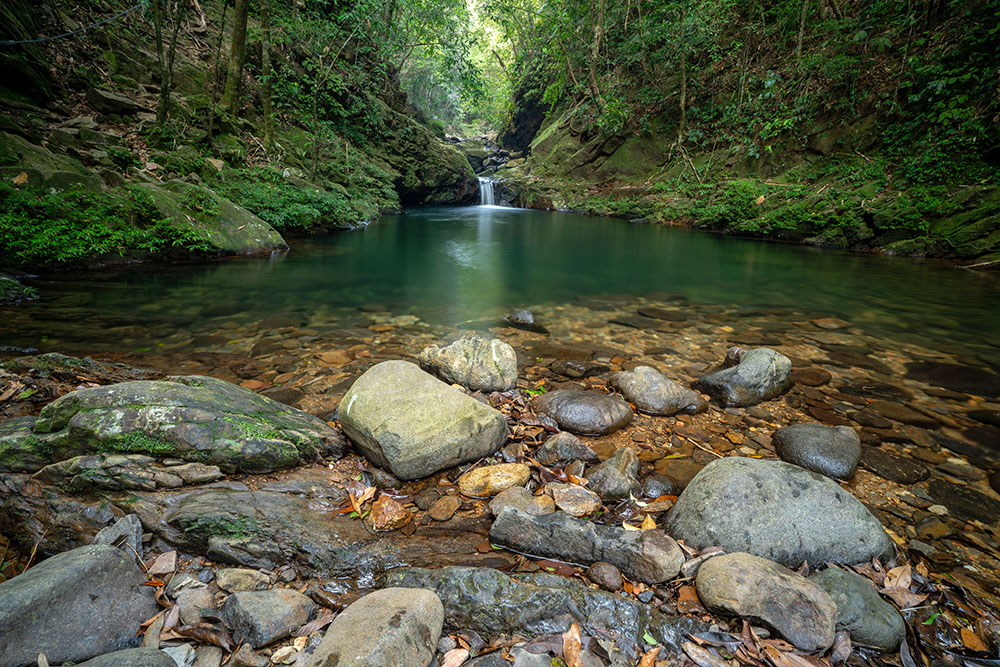
Around 50 km from the centre of Hue is the stunning Bach Ma National Park. Here, you’ll find 132 kinds of mammals – three of which were only discovered in the 1990s.
This national park had a hard time during the Vietnam war as it was on the border between the North and South. The Viet Minh dug tunnels here (the Bach Ma tunnels) which were used between 1973 and 1975. They are now occupied by insects and snakes. Be sure to visit the French-era hill station too and enjoy the views over the valleys and Hai Van Pass itself.
HISTORY
Visit Thien Mu Pagoda
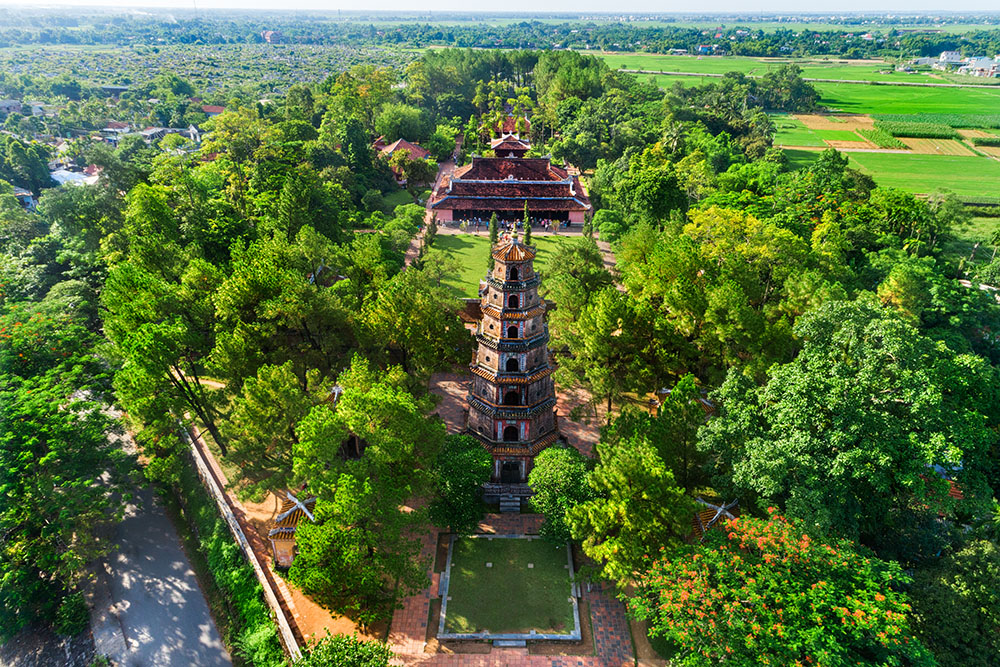
Also known as the Pagoda of the Celestial Lady, the iconic Thien Mu is regarded as an unofficial symbol of the city. The symbolic 7-story structure built in the early 17th century inspired countless folktales and legends. Located around 5km from the citadel, it’s easy to walk here yourself and do a self-guided tour. However, it’s best to join a guided tour which also includes a relaxing boat trip down the Perfume River first.
Included in: The Central Vietnam Tour which includes a visit to the Thien Mu Pagoda.
Walk Over The Thanh Toan Bridge
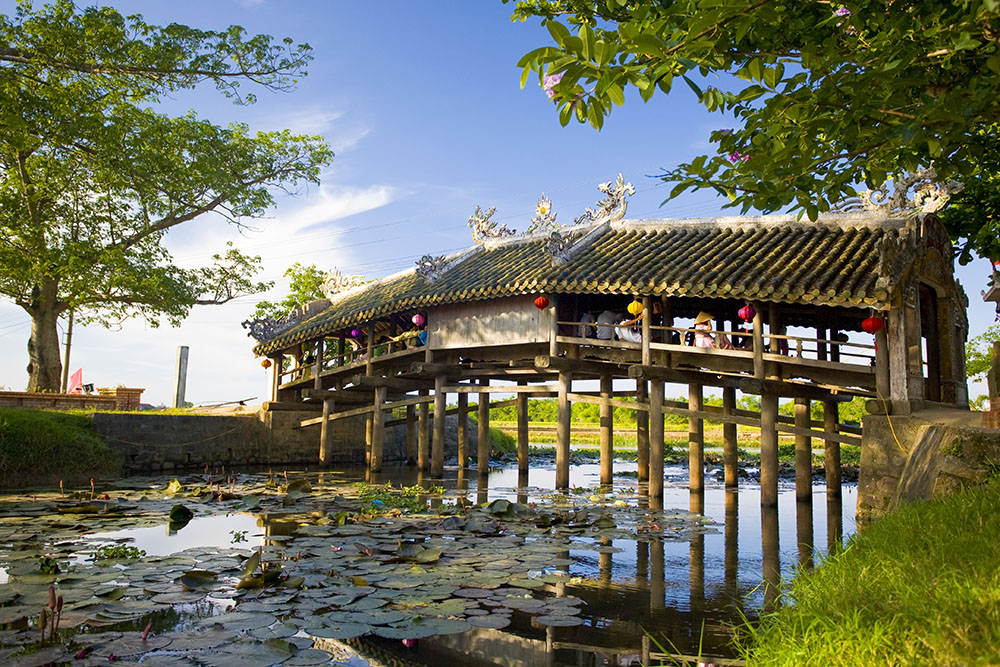
Image credit: Peter Stuckings / Shutterstock.com
Reportedly around 250 years old, this Japanese footbridge is the most famous bridge in Hue. Mrs Tran Thi Dao, the wife of a high-ranking Mandarin, established the bridge in order to improve transportation and communication in her village.
Thanh Toan tile bridge is one of the rare tiled-roof bridges left in Vietnam and it stretches for 17 meters over the beautiful Nhu Y River. You will find it located in an ancient (now residential) village, about 7 kilometres to the east of Hue in Thuy Thanh Commune (Huong Thuy district).
Visit the Ho Quyen Tiger Fighting Area
Built in 1830, this abandoned fighting arena was once used to hold both tiger and elephant fights for kings, mandarins, and the royal family. The arena is about three kilometres outside of the centre of Hue and was built during the time of the Minh Mang Dynasty.
Thankfully, you won’t find any more fights here as they were stopped in the 1900s. You can still explore the grounds though, and if you look closely enough, you’ll be able to spot claw marks from the tigers on the crumbling walls.
Explore the Demilitarized Zone of Vietnam
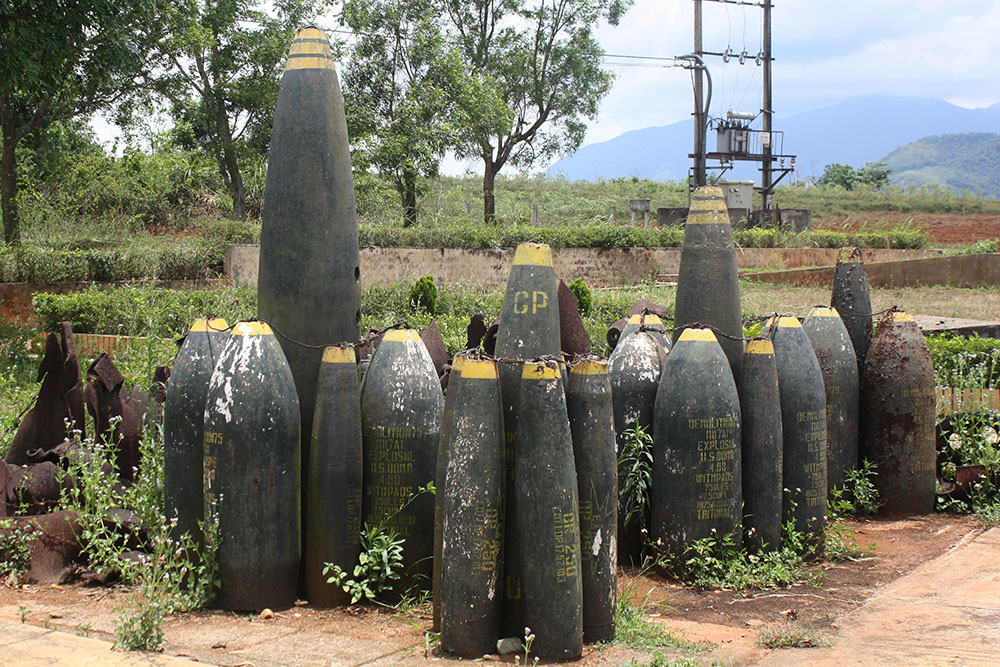
Take a step back in time to the years fighting against the American invasion and explore the must-see Demilitarized Zone of Vietnam. Discover the battleground demarcation line between the Communist North and free South that divided Vietnam into two separate states on this emotional journey through one of Vietnam’s most significant landmarks.
Join a full-day guided tour where you’ll also explore the Horror Highway, Long Hung Church, Quang Tri Ancient Citadel, Dakrong Bridge, Khe Sanh Combat Base, Hien Luong Bridge, Ben Hai River, and Doc Mieu Base. Not forgetting the Ho Chi Minh trails and Vinh Moc Tunnels Complex where you’ll discover the remains of a coastal North Vietnamese village that literally went 2km underground in response to unremitting American bombing. Not one to be missed!
Included in: The Central Vietnam Tour (additional day)

